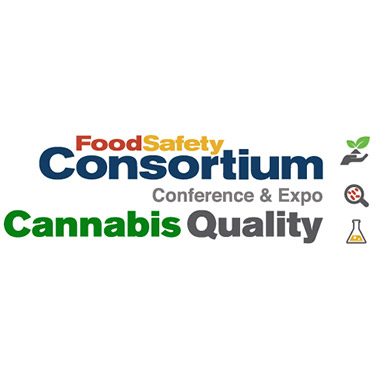In the ever-evolving realm of the food service industry, the importance of food safety goes beyond mere regulatory compliance. It embodies a moral duty that directly affects public health, regulatory alignment, and brand reputation. Startlingly, recent data exposes a stark reality: only 49% of businesses have a structured food safety culture plan, including regular staff training, clear communication of protocols, and a system for documenting and managing safety concerns. This statistic is a wake-up call, underscoring the pressing need for heightened awareness and action within the food industry.
Food businesses need to do more than just file papers outlining the rules in a dusty old file cabinet. They need to implement and prioritize a food safety culture that permeates employees’ values, attitudes, beliefs, and actions. Their teams need to eat, breathe, and live food safety.
This cultural transformation requires consistent training, leaders who personify proper behaviors, empowered employees, a reliance on tech tools, more sustainable solutions, and teams that uphold stringent food safety standards. The benefits of such a culture are not just regulatory compliance but also enhanced brand reputation, increased customer trust, and improved public health.
Food businesses can accomplish this goal if they:
Train employees. Educating employees about food safety protocols is a crucial step in cultivating a strong food safety culture. This goes beyond just teaching employees what to do, it empowers them to actively safeguard food safety, benefiting both consumers and the establishment’s reputation. Misunderstandings due to lack of training can be damaging to public health, the organization’s reputation, and consumer trust.
Explain the rationale behind the rules. When employees understand the reasons behind the rules, they’re more likely to comply. Stating the ‘what’ of safety protocols without explaining the ‘why’ can lead to significant gaps in knowledge and motivation. When employees don’t consistently follow food safety rules, there can be potentially severe consequences for the organization and its customers. Understanding the reasoning behind each protocol empowers employees by helping them understand the importance of maintaining a safe environment. This knowledge fosters a sense of responsibility, encouraging them to prioritize food safety as an integral part of their daily routines. When employees comprehend the reasons behind safety measures, they can better identify risks. This proactive approach improves overall safety and promotes a culture of progressive improvement and attentiveness.
Incorporate tech solutions. Technology is a game-changer when it comes to food safety. Integrating AI, machine learning, IoT, and other advanced technologies is pivotal in advancing food safety practices. These technologies can automate data collection, analysis, and decision-making, enhancing transparency, accuracy, and data-driven decision-making. However, it’s important to note that these technologies are designed to supplement human efforts, not replace them entirely. Human judgment and expertise remain integral to the food safety process. Many food businesses have transitioned from manual processes to tech solutions. If yours hasn’t yet, it’s time to do so. Today’s tech tools are affordable, accessible, and intuitive for brands of all sizes and budgets.
Use the right sanitizers and disinfectants. One notable solution making waves in food safety is Hypochlorous acid (HOCL), lauded by the EPA for its potent sanitizing and disinfecting properties. HOCL is a non-toxic, non-irritant, and environmentally friendly sanitizer and disinfectant that’s 99.9% effective against many pathogens, including bacteria, viruses, and fungi. HOCL is 80-100x more effective than bleach, yet sustainable, chemical-free, and safe for humans and the environment. HOCL solutions are biodegradable and sustainable, aligning with organizations’ green initiatives. This solution, which doesn’t require rinsing can enhance shelf life, reduce water usage, and reduce labor expenses.
Lead by example. Effective leadership is essential to creating a robust food safety culture. Leaders must exhibit an unwavering commitment to food safety practices, instilling a culture of accountability and excellence within their teams. When leaders champion food safety, employees will follow suit. That means businesses can ensure a safer environment for their employees and customers, safeguarding their reputation.
Take a holistic approach. The importance of building and nurturing a food safety culture cannot be overstated. It demands a holistic approach, encompassing continuous training, transparent protocols, clear communication, seamless technology integration, steadfast leadership commitment, and a culture of perpetual enhancement.
By developing an atmosphere that places utmost value on food safety at every level, from management to frontline employees, businesses can shield themselves against potential food safety crises and safeguard their guests and reputations. This reduces the risk of legal, financial, and reputational repercussions. Additionally, it enhances brand reputation, fosters customer loyalty, and attracts new business. The food service industry must create and prioritize a food safety culture with unyielding dedication to mitigate risks and maximize successes and resilience.



















